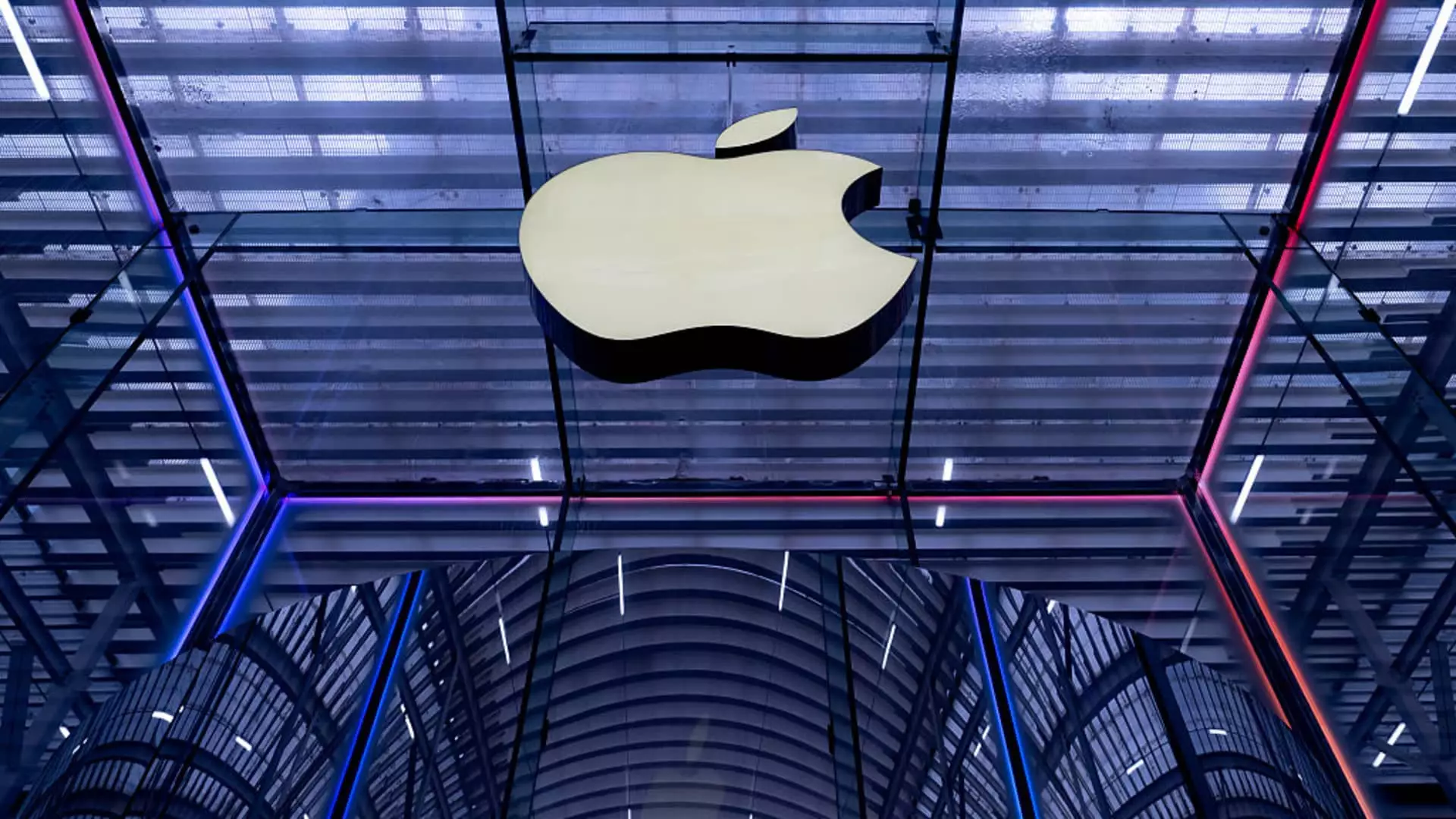In 2024, Apple finds itself at a precarious crossroads shaped by geopolitics and economic policies that threaten to undermine its profitability. The company’s dependence on Chinese manufacturing, once a hallmark of its efficiency, is now viewed through a lens of skepticism and vulnerability. With the U.S. government signaling intentions to impose hefty tariffs, Apple’s march toward domestic production appears more like a cautious maneuver rather than a strategic shift. The announcement of a manufacturing academy in Detroit is laudable, but it is hardly a panacea for the looming cost increases that could push iPhone prices beyond reach for average consumers. As political rhetoric hardens, the risk is that Apple could find itself caught in the crossfire—forced to choose between maintaining competitive pricing or bowing to political pressure, both options with significant drawbacks.
The Economics of “Made in USA”: What It Truly Means for Consumers
The push to produce more devices domestically is often cloaked in patriotic rhetoric, yet beneath this veneer lie hard economic realities. Having “Made in the USA” could elevate the cost of Apple’s flagship products to levels that diminish their appeal—estimations suggest a range exceeding $1,500 to $3,500 per iPhone. This price inflation threatens to alienate a significant segment of the market, especially in a climate where consumers are increasingly price-conscious due to macroeconomic headwinds. Apple’s current strategy—diversifying manufacturing to India and Vietnam—appears pragmatic, but it is hardly a guarantee against rising costs. In fact, relying on foreign manufacturing hubs can expose Apple to further geopolitical risks, supply chain disruptions, and currency fluctuations, all of which threaten to fray the stability upon which the company’s growth hinges.
Market Dynamics and Strategic Challenges in a Stagnant Ecosystem
From a market perspective, Apple faces an uphill climb that has little to do with innovation and everything to do with strategic positioning. The company’s recent struggles with market share in China underscore a broader challenge: the difficulty of maintaining dominance amidst a rapidly changing geopolitical landscape. While the brand remains strong domestically, global markets are becoming more volatile, and consumer enthusiasm for new Apple products appears to be waning. Barclays analyst Tim Long’s blunt prediction—that Apple’s iPhones will “struggle”—is not just pessimistic speculation but a reflection of deeper, structural issues. Without significant new product innovation or compelling features, Apple risks stagnation, which—coupled with price hikes—could accelerate its decline against more agile competitors.
Entertainment and Brand Loyalty in a Competitive Age
One of Apple’s few bright spots remains its burgeoning content and entertainment empire, exemplified by Apple TV+’s hit series “Severance” and the massive success of “F1: The Movie.” However, even these cultural artifacts are no guarantee of financial salvation. The entertainment sector is fiercely competitive, and while Apple’s content strategy helps foster brand loyalty, it does little to offset the declining sales of core hardware in the face of economic walls and geopolitical barriers. In a world driven more than ever by economic pragmatism, Apple’s diversification into entertainment might ultimately be a distraction from its fundamental struggles—namely, sustaining revenues from its flagship devices in an increasingly unstable global market.
Investor Sentiment and the Road Ahead
As Apple approaches its third-quarter earnings report, investor sentiment appears cautious, if not outright skeptical. The flatlining stock—down more than 16% year-to-date—testifies to the broader doubts about the company’s near-term prospects. While analysts forecast only modest increases in earnings, this outlook might be overly optimistic given the mounting headwinds. Apple’s strategic responses—cost-cutting, price adjustments, and geopolitical maneuvering—risk eroding consumer demand and market share simultaneously. In such a climate, long-term growth hinges less on innovation alone and more on Apple’s ability to adeptly navigate a landscape riddled with tariffs, trade disputes, and geopolitical uncertainties. The question remains: will this venerable tech giant adapt swiftly enough, or will it suffer further erosion in the face of an increasingly hostile external environment?

